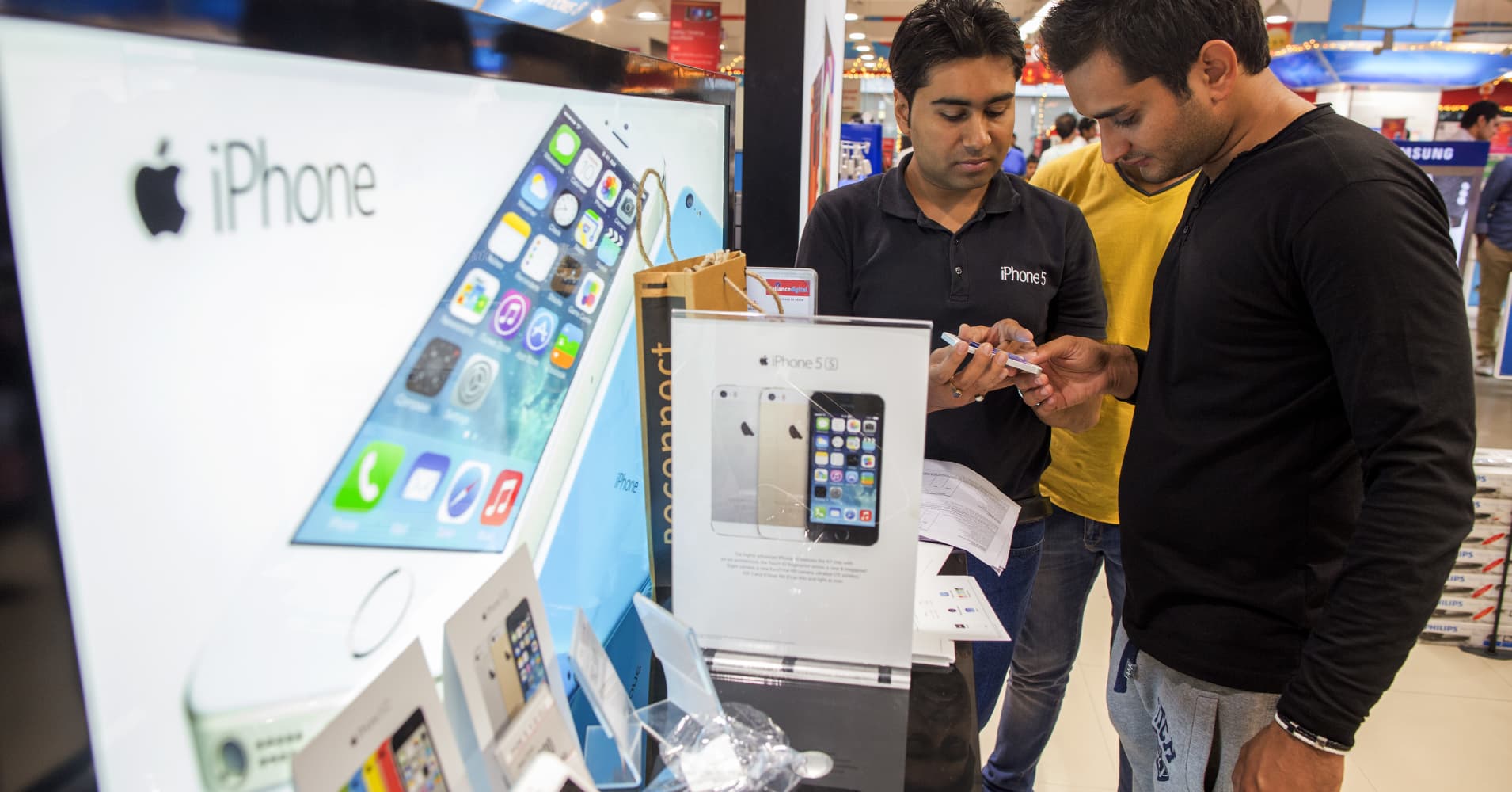
Amazon fell 4 percent Friday morning after the company announced on a call with investors it would likely increase investment in 2019 and raised concerns about new regulation in India.
Amazon’s stock initially popped after hours on its fourth quarter 2018 earnings report Thursday. The stock took a steep turn during the company’s call with analysts when Amazon CFO Brian Olsavsky said Amazon plans to increase investments this year after scaling back capital expenditures and hiring the year prior.
The company’s market value hovered around $800 billion Friday morning, and briefly fell below $800 billion in early trading. At one point last year, the stock hit $1 trillion in market value during intraday trading.
In notes following the report, analysts expressed concern about increased expenditures and a new law in India that will soon come into effect preventing foreign online retailers from selling products through affiliated companies. Amazon’s roadblocks in India have contributed to slowing international sales growth and may have influenced the company’s light guidance for the first quarter of 2019. Amazon expects revenue for Q1 between $56 billion and $60 billion, slightly below the $60.8 billion consensus estimated by FactSet.
“There is much uncertainty as to what the impact of the government rule change is going to have on the e-commerce sector there,” Olsavsky said on the call. “Our main issue and our main concern is trying to minimize the impact to our customers and sellers in India.”
Analysts largely seemed confident in the stock despite slightly lowering their price targets.
J.P. Morgan’s Doug Anmuth lowered his price target, writing, “Uncertainty in India, along w/a higher 4Q base, takes early 2019 revenue acceleration off the table… But we still expect AMZN to grow revenue 18% FXN for the year and operating income by 30%. And we want AMZN to invest into long-term growth opportunities…”
Deutsche Bank’s Lloyd Walmsley, on the other hand, raised his price target and said, “We think Amazon is ultimately going to substantially expand its physical footprint and push further into healthcare and shipping/logistics, opening up its addressable markets further. Notwithstanding the volatility in the shares, we think valuations remain compelling..”
-CNBC’s Eugene Kim contributed to this report.
Watch: Amazon beat on earnings and revenues—here’s what three experts are saying about the stock now







